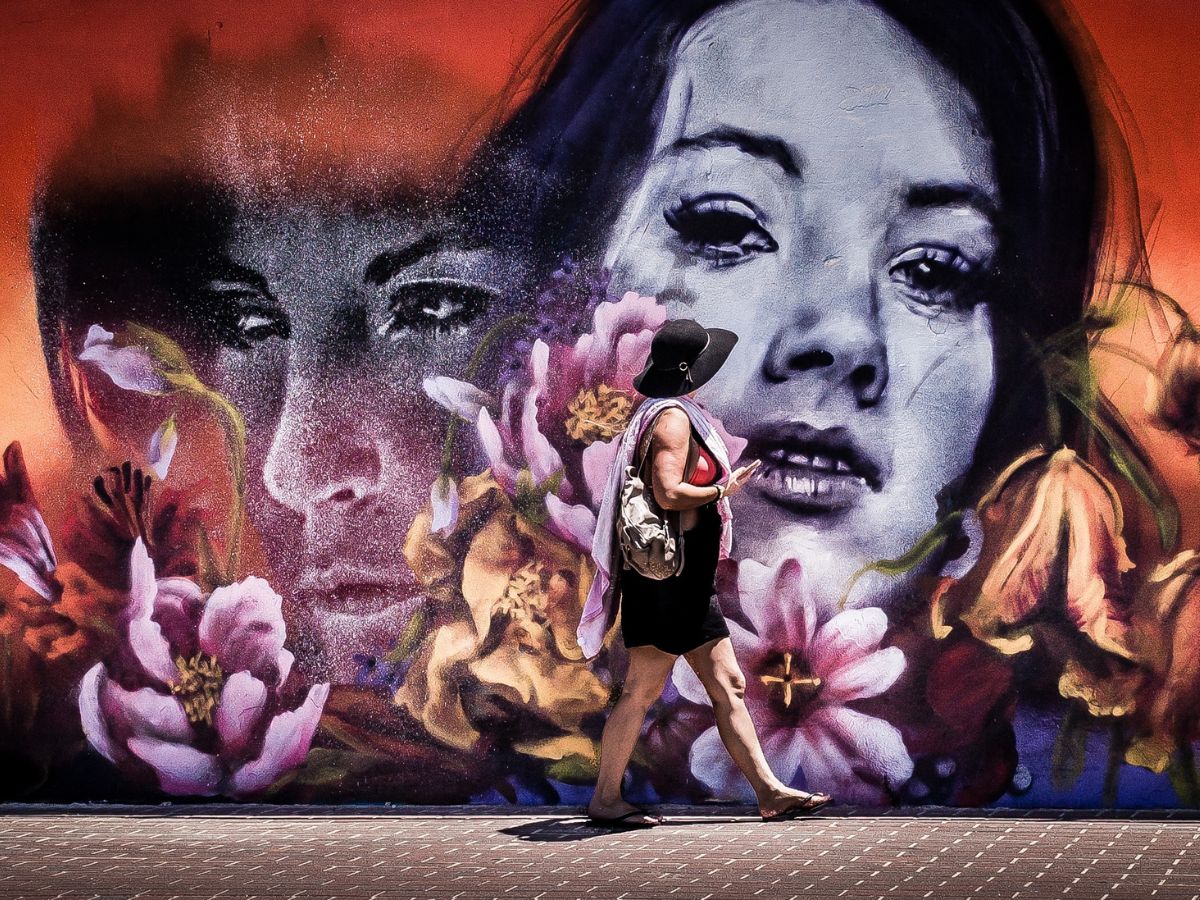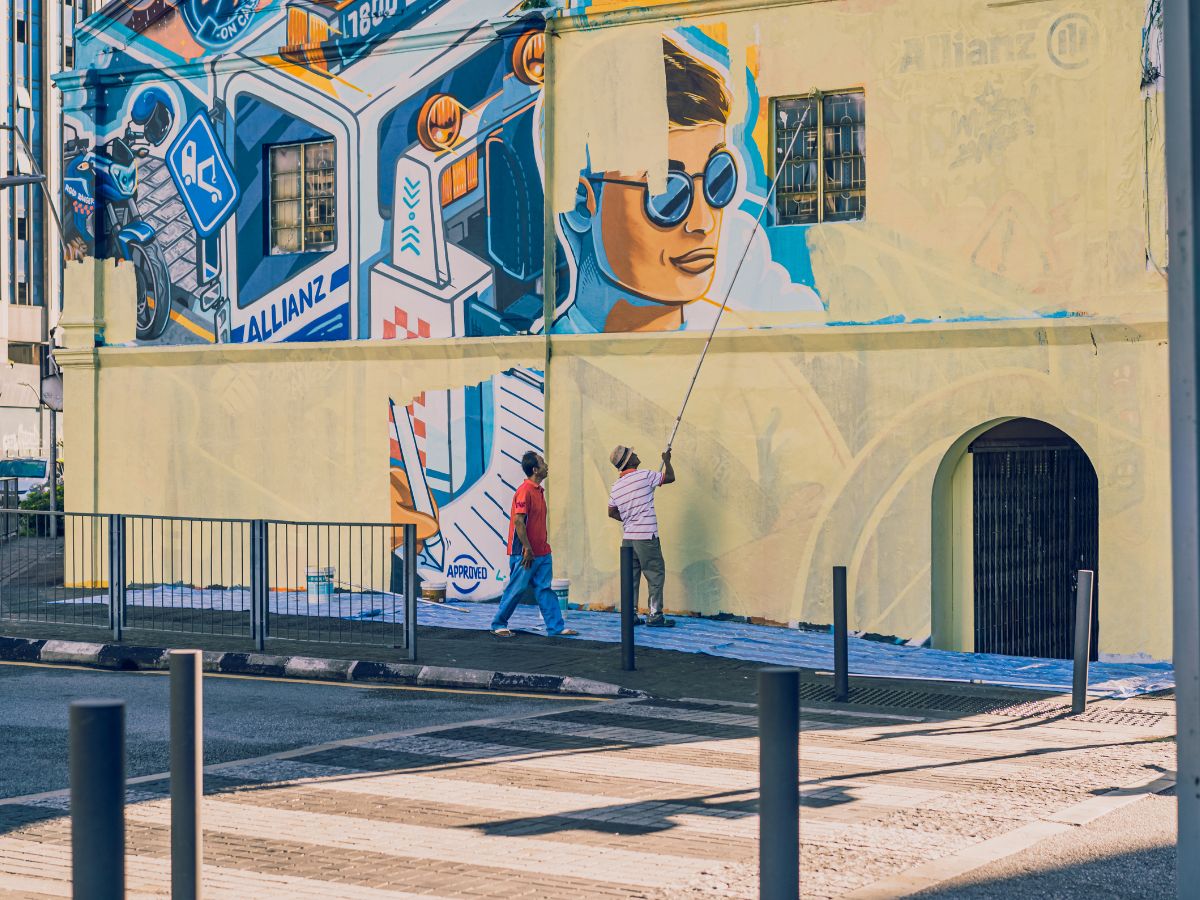
Building Community Bonds Through Murals
Murals can transform more than just walls—they can also build deep connections within communities. Muralists have a unique opportunity to collaborate with residents, understanding their stories and embedding community values into large, visible artwork that everyone can enjoy.
Here are some ways muralists can foster meaningful community relationships while enhancing the beauty and identity of neighborhoods.
1. Engaging Community Members in the Creative Process
The most impactful murals are often created with community input. By involving locals in planning, designing, and even painting, muralists allow residents to express their identities and make the artwork more meaningful.
In Wilmington, Delaware, for instance, citywide mural projects engaged locals to help finish murals, which fostered a sense of ownership and pride. This approach often leads to residents feeling more connected to their neighborhood, creating a deeper bond among participants and increasing the mural’s positive impact on the community.
2. Addressing Social Issues and Celebrating Diversity
Murals are powerful tools for storytelling. Some mural projects highlight local history, celebrate cultural heroes, or raise awareness of social challenges.
In Oakland, California, the “People of Oakland” series, for example, used images of local residents to address homelessness, fostering empathy and awareness. Similarly, San Diego’s Chicano Park features murals that tell the stories of Latin American heritage, turning public spaces into educational, cultural touchpoints.
By representing diverse experiences, muralists can connect with residents on shared values and experiences, fostering unity and pride.
3. Creating Safe, Welcoming Spaces
Murals can beautify areas that may otherwise be neglected or uninviting. Cities like Buffalo, New York, have revitalized aging areas by introducing large-scale murals that celebrate the city’s spirit. In neighborhoods where abandoned or deteriorated structures may contribute to a feeling of desolation, murals bring life, color, and a sense of security.
By enhancing the aesthetics of public spaces, muralists encourage locals to take pride in and care for their surroundings, which can discourage vandalism and promote neighborhood upkeep.
4. Hosting Community Events Around the Mural
Community paint days and mural unveilings provide opportunities for residents to gather, celebrate, and share in the joy of creation. Events like these not only generate excitement but also help build relationships between the artist and the community.
For example, projects supported by organizations like ArtWorks in Cincinnati engage young locals, offering them mentorship and art education. These events help artists become familiar faces in the community, creating trust and opening doors for future projects.
5. Building Lasting Partnerships with Local Organizations
Collaborations with local nonprofits, businesses, or schools can expand a muralist’s reach and deepen community engagement.
New York City’s Community Mural Project, which partners with hospitals, is a prime example. This project brings murals into hospital spaces, offering calming visuals for patients and visitors and strengthening the connection between health services and the communities they serve. Such partnerships can amplify a mural’s impact, reinforcing its purpose and creating a network of supporters who champion the muralist’s work.
Murals do more than decorate—they unite, inspire, and invigorate communities. By engaging locals in the artistic process, celebrating diversity, beautifying spaces, and collaborating with organizations, muralists can use their work to leave lasting positive effects. A well-crafted mural becomes a testament to community identity and resilience, turning public art into a beacon of pride and connection.

